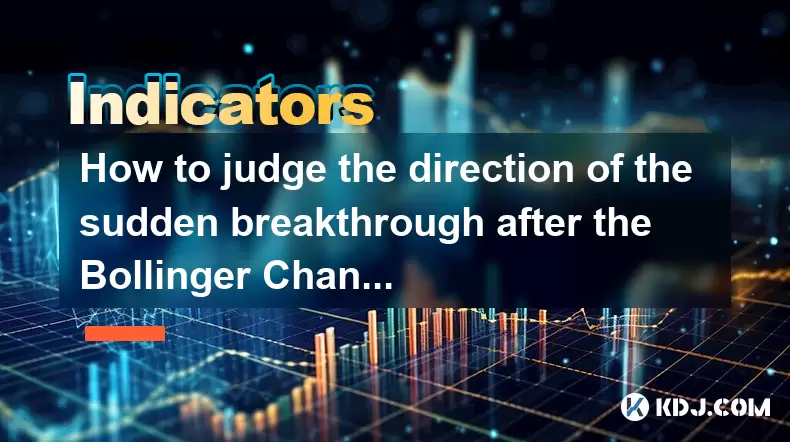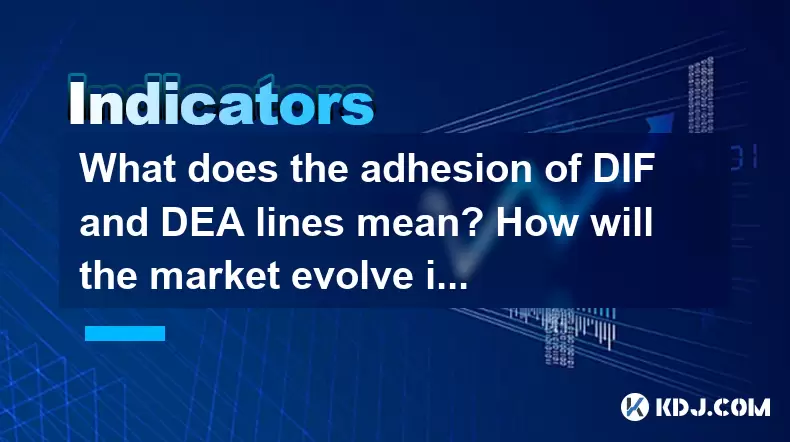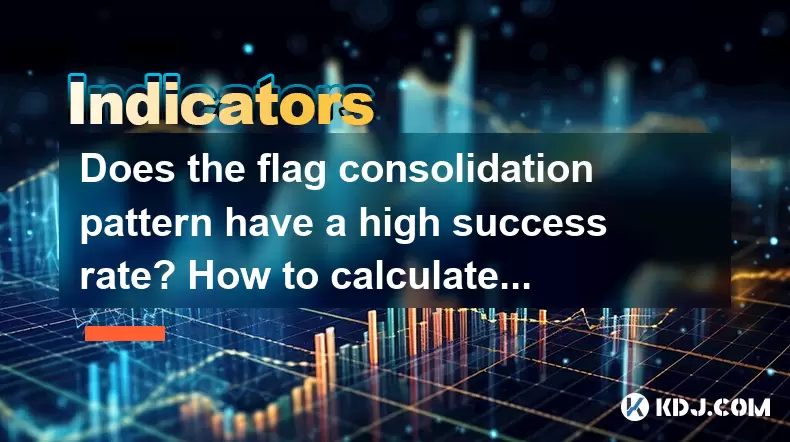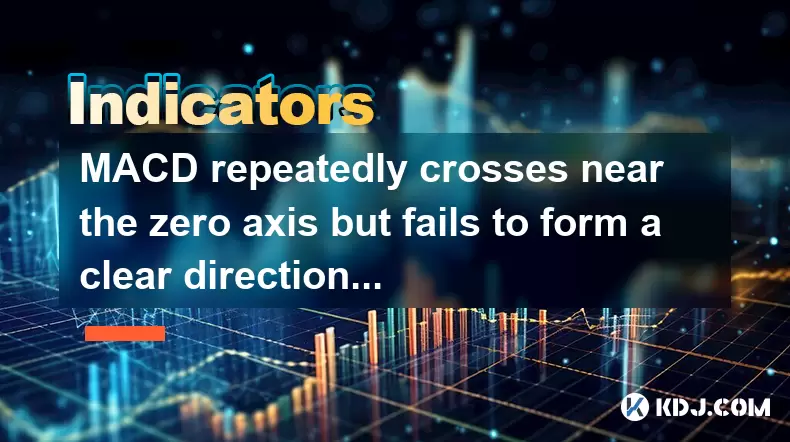-
 Bitcoin
Bitcoin $105,278.9859
4.61% -
 Ethereum
Ethereum $2,414.7741
8.20% -
 Tether USDt
Tether USDt $1.0007
0.05% -
 XRP
XRP $2.1600
7.53% -
 BNB
BNB $639.5433
3.75% -
 Solana
Solana $144.3830
9.37% -
 USDC
USDC $1.0001
0.02% -
 TRON
TRON $0.2742
3.84% -
 Dogecoin
Dogecoin $0.1640
8.57% -
 Cardano
Cardano $0.5811
7.49% -
 Hyperliquid
Hyperliquid $37.2466
5.28% -
 Sui
Sui $2.8243
14.84% -
 Bitcoin Cash
Bitcoin Cash $460.8816
2.22% -
 Chainlink
Chainlink $12.9580
11.75% -
 UNUS SED LEO
UNUS SED LEO $9.1359
1.23% -
 Avalanche
Avalanche $18.2302
10.30% -
 Stellar
Stellar $0.2463
7.80% -
 Toncoin
Toncoin $2.9151
7.18% -
 Shiba Inu
Shiba Inu $0.0...01163
9.79% -
 Hedera
Hedera $0.1532
14.01% -
 Litecoin
Litecoin $85.3310
6.29% -
 Monero
Monero $308.8215
2.90% -
 Ethena USDe
Ethena USDe $1.0007
0.03% -
 Polkadot
Polkadot $3.4259
9.42% -
 Dai
Dai $1.0002
0.01% -
 Bitget Token
Bitget Token $4.1742
3.19% -
 Uniswap
Uniswap $6.8272
8.53% -
 Pepe
Pepe $0.0...09939
12.29% -
 Pi
Pi $0.5358
6.03% -
 Aave
Aave $257.3092
12.83%
How to judge the direction of the sudden breakthrough after the Bollinger Channel narrows to the extreme?
A narrowing Bollinger Channel signals low volatility and potential breakout, but traders should confirm direction using volume, candlestick patterns, and other indicators before acting.
Jun 23, 2025 at 11:00 pm

Understanding the Bollinger Channel and Its Narrowing Pattern
The Bollinger Channel is a widely used technical indicator in cryptocurrency trading, consisting of three bands: the middle band (a simple moving average), and two outer bands that represent standard deviations from the middle line. When the price consolidates for an extended period, the channel narrows significantly, indicating low volatility. This phenomenon often precedes a strong price movement or breakout.
Traders closely monitor this narrowing phase because it typically signals an imminent shift in market sentiment. However, predicting the direction of the breakout—whether upward or downward—requires careful analysis beyond just observing the narrowing itself.
Key Insight: A narrow Bollinger Channel reflects market indecision and low volatility but does not inherently indicate bullish or bearish momentum.
Identifying Key Price Patterns During Contraction
During the contraction phase, traders should pay close attention to price action patterns forming within the narrowing bands. These include candlestick formations such as dojis, spinning tops, and inside bars, which often signal potential reversals or continuation moves.
For example:
- A bullish engulfing pattern near support levels may suggest an upcoming upward breakout.
- Conversely, a bearish engulfing pattern appearing near resistance could hint at a downward move.
It's also essential to observe how the price behaves relative to the middle band. If the price remains consistently above the middle line during contraction, this might imply underlying strength and a possible upward breakout.
Important Tip: Combining candlestick patterns with volume indicators can increase the accuracy of breakout predictions.
Analyzing Volume and Order Flow
Volume plays a critical role in confirming the validity and direction of a breakout. As the Bollinger Bands tighten, traders should look for signs of increasing volume, especially if it coincides with a decisive move through the upper or lower band.
A sudden spike in buying volume pushing the price above the upper band may confirm a bullish breakout, while a surge in selling pressure below the lower band suggests a bearish breakout.
Moreover, examining order flow using tools like depth charts or order book imbalances can offer insight into whether large players are accumulating or distributing assets before a breakout occurs.
Crucial Factor: A valid breakout usually comes with a noticeable increase in trading volume, validating the new trend direction.
Leveraging Other Technical Indicators for Confirmation
Relying solely on the Bollinger Bands may lead to false signals. Integrating additional indicators can help filter out noise and improve decision-making accuracy.
Consider combining the following:
- Relative Strength Index (RSI): An RSI value above 70 may suggest overbought conditions, potentially signaling a bearish reversal. Conversely, an RSI below 30 indicates oversold conditions and a possible bullish rebound.
- Moving Average Convergence Divergence (MACD): A bullish MACD crossover during a Bollinger Band contraction could reinforce the likelihood of an upward breakout.
- Support and Resistance Levels: Strong historical support or resistance zones intersecting with the current price zone can act as catalysts for directional breakouts.
Strategic Move: Always cross-reference Bollinger Band signals with other technical tools to avoid premature entries.
Monitoring Market Sentiment and External Factors
Cryptocurrency markets are highly sensitive to news, regulatory changes, and macroeconomic events. Even if technical indicators point toward a potential breakout direction, unexpected developments can override these signals.
Before making decisions based on a narrowing Bollinger Channel, check:
- Recent announcements from major exchanges or blockchain projects
- Regulatory updates from key jurisdictions
- Macroeconomic data releases, such as interest rate decisions
These external forces can influence trader psychology and cause breakouts in directions not supported by pure technical analysis.
Critical Reminder: Fundamental and sentiment-based factors can override technical patterns, especially in volatile crypto markets.
Frequently Asked Questions
Q1: Can I use Bollinger Bands alone to predict breakout direction?
While Bollinger Bands provide valuable insights into volatility and consolidation phases, they should not be used in isolation. Combining them with volume analysis, candlestick patterns, and other indicators enhances accuracy.
Q2: What time frame is best for analyzing Bollinger Band contractions?
Shorter time frames like 15-minute or 1-hour charts are more responsive to immediate price actions, making them suitable for intraday trading. Daily charts offer broader context and are better suited for swing traders.
Q3: How long can the Bollinger Channel remain narrow before a breakout occurs?
There’s no fixed duration. Some contracts last only a few hours, while others stretch across several days. The key is to monitor for signs of impending movement rather than timing the contraction.
Q4: Should I place trades immediately after the channel starts narrowing?
No. It’s safer to wait for confirmation of a breakout through either a candle closing outside the bands or a significant increase in volume. Entering too early increases exposure to false breakouts.
Disclaimer:info@kdj.com
The information provided is not trading advice. kdj.com does not assume any responsibility for any investments made based on the information provided in this article. Cryptocurrencies are highly volatile and it is highly recommended that you invest with caution after thorough research!
If you believe that the content used on this website infringes your copyright, please contact us immediately (info@kdj.com) and we will delete it promptly.
- Anthony Pompliano's ProCap: A Bitcoin Treasury SPAC Deal Redefining Finance
- 2025-06-24 12:25:13
- PEPE Coin vs. Ozak AI: Making a Long-Term Bet in the Meme Coin Frenzy
- 2025-06-24 12:25:13
- Ripple (XRP): Breakout Potential or Bust? Decoding the Latest Buzz
- 2025-06-24 12:45:13
- XRP, Ripple, Valuation: Decoding the Future Price
- 2025-06-24 12:45:13
- Midnight Airdrop: Claim Your Free NIGHT Tokens!
- 2025-06-24 13:25:13
- Midnight Airdrop: Grab Your Free NIGHT Tokens, Ya'll!
- 2025-06-24 13:07:11
Related knowledge

Is the large volume limit drop at the bottom a fund accumulation? How to confirm the reversal later?
Jun 24,2025 at 01:42pm
Understanding Large Volume Limit Drops at the BottomA large volume limit drop refers to a situation where the price of a cryptocurrency falls sharply, hitting its lower circuit breaker or minimum daily trading threshold, and is accompanied by unusually high trading volume. When this occurs at what appears to be the bottom of a downtrend, it raises quest...

What does the adhesion of DIF and DEA lines mean? How will the market evolve in the future?
Jun 24,2025 at 01:36pm
What Is the Adhesion of DIF and DEA Lines?In technical analysis, particularly within the MACD (Moving Average Convergence Divergence) indicator, the DIF and DEA lines are critical components. The DIF line is calculated as the difference between the 12-day and 26-day Exponential Moving Averages (EMAs) of price data. The DEA line, also known as the signal...

Does the flag consolidation pattern have a high success rate? How to calculate the target position after the breakthrough?
Jun 24,2025 at 01:14pm
Understanding the Flag Consolidation Pattern in Cryptocurrency TradingThe flag consolidation pattern is a commonly observed technical analysis structure within the cryptocurrency market. It typically appears as a brief pause or retracement following a strong price movement, either upward or downward. This pattern resembles a flag on a pole when plotted ...

How to operate when the weekly MACD red column is continuously shortened but the daily golden cross is formed?
Jun 24,2025 at 10:28am
Understanding the Weekly MACD Red Column ShorteningWhen analyzing cryptocurrency markets, technical indicators such as the Moving Average Convergence Divergence (MACD) are essential tools for traders. The weekly MACD red column shortening indicates a weakening of the bearish momentum over the past week. This means that while the market is still in a dow...

What does the continuous rise of the ADX line of the DMI indicator in the downward trend indicate?
Jun 24,2025 at 05:00am
Understanding the DMI Indicator and Its ComponentsThe Directional Movement Index (DMI) is a technical analysis tool that helps traders identify the strength and direction of a trend. It consists of two primary components: the +DI (Positive Directional Indicator) and the -DI (Negative Directional Indicator). The ADX line, which stands for Average Directi...

MACD repeatedly crosses near the zero axis but fails to form a clear direction?
Jun 24,2025 at 09:28am
Understanding MACD Behavior Around the Zero AxisThe Moving Average Convergence Divergence (MACD) is a widely used technical indicator in cryptocurrency trading. It consists of three main components: the MACD line, the signal line, and the histogram. When the MACD line crosses above or below the signal line, it generates buy or sell signals. However, whe...

Is the large volume limit drop at the bottom a fund accumulation? How to confirm the reversal later?
Jun 24,2025 at 01:42pm
Understanding Large Volume Limit Drops at the BottomA large volume limit drop refers to a situation where the price of a cryptocurrency falls sharply, hitting its lower circuit breaker or minimum daily trading threshold, and is accompanied by unusually high trading volume. When this occurs at what appears to be the bottom of a downtrend, it raises quest...

What does the adhesion of DIF and DEA lines mean? How will the market evolve in the future?
Jun 24,2025 at 01:36pm
What Is the Adhesion of DIF and DEA Lines?In technical analysis, particularly within the MACD (Moving Average Convergence Divergence) indicator, the DIF and DEA lines are critical components. The DIF line is calculated as the difference between the 12-day and 26-day Exponential Moving Averages (EMAs) of price data. The DEA line, also known as the signal...

Does the flag consolidation pattern have a high success rate? How to calculate the target position after the breakthrough?
Jun 24,2025 at 01:14pm
Understanding the Flag Consolidation Pattern in Cryptocurrency TradingThe flag consolidation pattern is a commonly observed technical analysis structure within the cryptocurrency market. It typically appears as a brief pause or retracement following a strong price movement, either upward or downward. This pattern resembles a flag on a pole when plotted ...

How to operate when the weekly MACD red column is continuously shortened but the daily golden cross is formed?
Jun 24,2025 at 10:28am
Understanding the Weekly MACD Red Column ShorteningWhen analyzing cryptocurrency markets, technical indicators such as the Moving Average Convergence Divergence (MACD) are essential tools for traders. The weekly MACD red column shortening indicates a weakening of the bearish momentum over the past week. This means that while the market is still in a dow...

What does the continuous rise of the ADX line of the DMI indicator in the downward trend indicate?
Jun 24,2025 at 05:00am
Understanding the DMI Indicator and Its ComponentsThe Directional Movement Index (DMI) is a technical analysis tool that helps traders identify the strength and direction of a trend. It consists of two primary components: the +DI (Positive Directional Indicator) and the -DI (Negative Directional Indicator). The ADX line, which stands for Average Directi...

MACD repeatedly crosses near the zero axis but fails to form a clear direction?
Jun 24,2025 at 09:28am
Understanding MACD Behavior Around the Zero AxisThe Moving Average Convergence Divergence (MACD) is a widely used technical indicator in cryptocurrency trading. It consists of three main components: the MACD line, the signal line, and the histogram. When the MACD line crosses above or below the signal line, it generates buy or sell signals. However, whe...
See all articles
























































































